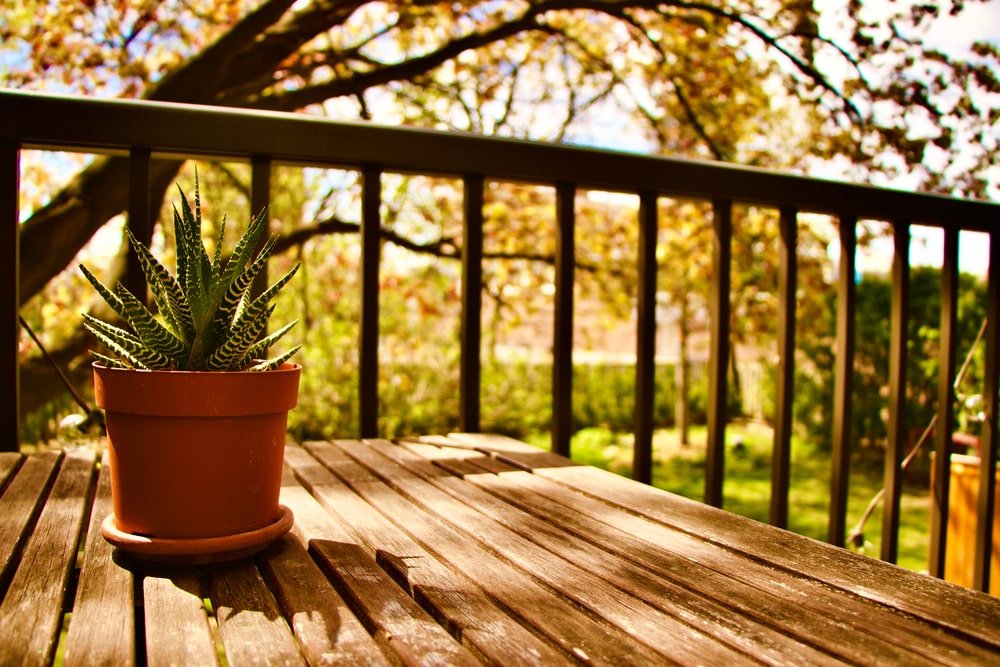Do You Have Houseplants Outside? Here’s What to Do Now!
It’s time to start moving your houseplants back inside for the winter. I hate to do it. I almost apologize to my citrus for moving them indoors, where the light is somewhat less bright and the excellent humidity (which they love) is much lower.
Yesterday, I moved all my plants back up closer to the house. This gets them used to lower light while they still have Mother Nature’s fresh air and humidity to comfort them. If I have to run out and bring a few inside, this also makes them closer so I don’t have to go all over the yard.
Be a Dedicated Weather Watcher
From here on out, I’ll check the weather every night before bed. Plants like philodendrons, peace lilies, dracaenas, phalaenopsis (“moth”) orchids, and African violets do not like temperatures below 50 degrees, so they must come in soon. Most other plants tolerate temperatures in the mid to upper 40s, so they’ll have a few days longer.
No “Hitchhikers” Allowed
Now, I’ll examine my plants for “hitchhikers” that I don’t want indoors. A quick spray from the hose will work for annoyances like spiders or crickets.
For other more dangerous pests (that like to chew on my plant), I’ll clean off what I can see and then spray with an organic pesticide like Neem oil. For pests in the pot, like ants or slugs, pull a gallon of water, let it stand overnight to reach room temperature, then add four tablespoons of plain unscented bleach and drench the soil. For small pots, you can put the entire pot in a small bucket filled with water and let it stand for a couple of hours.
To Prune or Not to Prune? That is the Question
Do not do significant pruning this time of year, but if it’s a choice between cutting a branch or two off so it doesn’t hit you in the face when you walk by, do what you must do! However, do only what you must do and save the rest of the pruning for spring.
When Houseplants are Inside, Things Change
Remember that once houseplants are inside, things change. Plants are usually in much less light and much dryer air. This is an excellent time to check the soil with your finger before watering so you do not overwater.
Some high-light plants may lose yellow leaves as they adjust to lower light levels. They’ll usually stop in a week or two if they’re in several hours of sun. If the yellowing leaves continue, the light is inadequate, so you may need to add a grow light.
Some tender-leaved plants and orchids don’t like dry indoor air, so misting the plant can help. Remember, misting is fogging the plant, not raining on it. Place your mister on a fine spray and spray the air over and around your plant. If you spray so heavily ON the plant that it drips off, that’s raining on it.
It’s Time to Enjoy!
Once everything is tucked safely inside, please sit back and enjoy it! If you have any problems or questions, we’re here for you.

